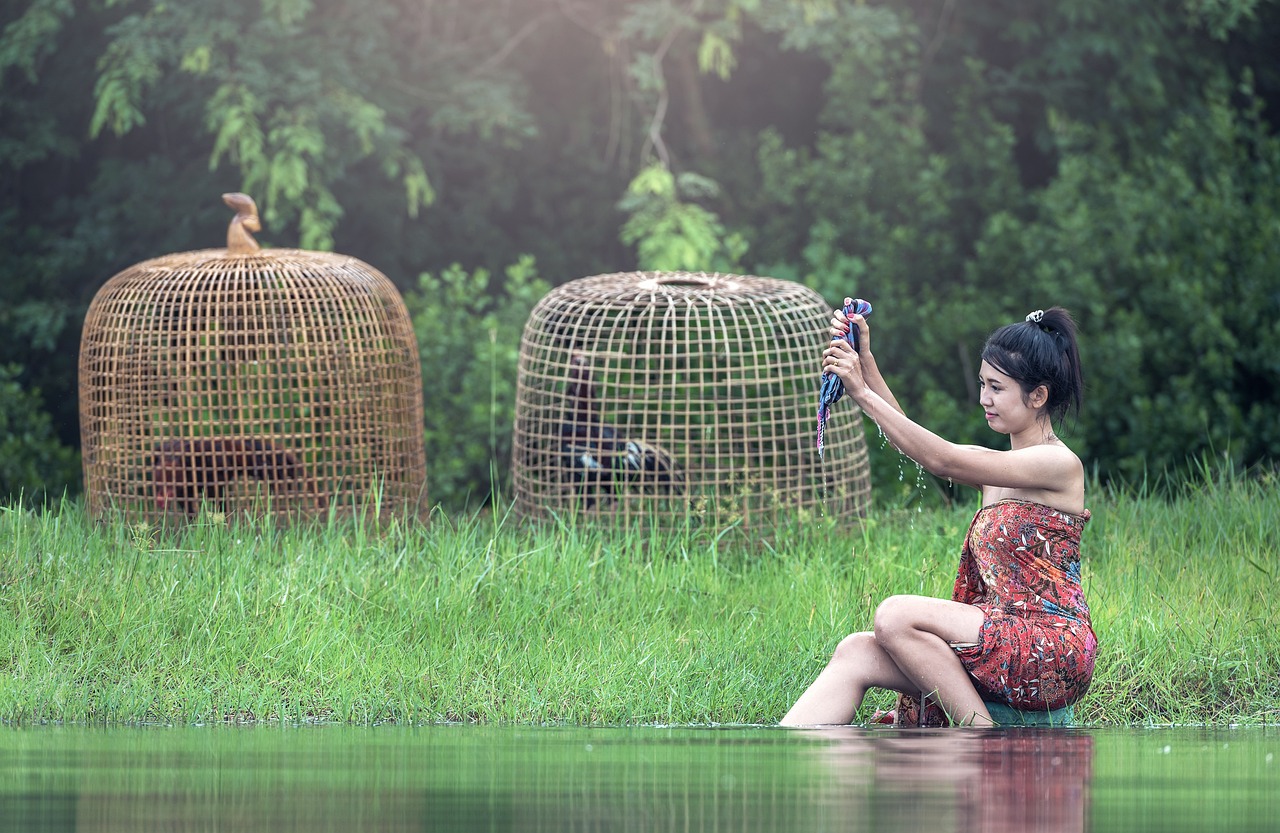Adapting to Myanmar Time Zones: Managing Remote Client Meetings
Myanmar, formerly known as Burma, is a beautiful country located in Southeast Asia. It has a unique time zone that is different from many other countries, which can pose challenges when managing remote client meetings. In this article, we will explore various strategies and tips for adapting to Myanmar time zones and effectively managing remote client meetings.
Understanding Myanmar Time Zones
Myanmar operates on Myanmar Standard Time (MMT), which is 6 hours and 30 minutes ahead of Coordinated Universal Time (UTC+6:30). It is important to be aware of this time difference when scheduling remote client meetings with individuals or teams located in Myanmar.
To effectively manage remote client meetings, consider the following tips:
- 1. Prioritize Communication: Establish a clear line of communication with your clients in Myanmar. Use email, instant messaging, or video conferencing platforms to stay connected and ensure effective communication.
- 2. Plan Ahead: Take the time difference into account when scheduling meetings. Plan well in advance and consider the availability of your clients in Myanmar. Be mindful of public holidays and cultural events that may affect their availability.
- 3. Be Flexible: Flexibility is key when working with clients in different time zones. Be open to adjusting your own schedule to accommodate your clients in Myanmar.
- 4. Respect Cultural Differences: Familiarize yourself with the cultural norms and customs in Myanmar. Show respect and understanding towards your clients’ cultural practices and beliefs.
- 5. Use Technology: Leverage technology to bridge the distance and facilitate remote client meetings. Video conferencing platforms, project management tools, and collaboration software can enhance communication and productivity.
- 6. Consider Time Zone Overlaps: Identify overlapping time slots between your time zone and Myanmar time zone. This can help determine the most suitable meeting times for both parties.
Communication is key when working across different time zones. Prioritize regular communication with your clients in Myanmar to maintain a strong working relationship and avoid misunderstandings.
Planning ahead is crucial to ensure that both parties can participate in the remote client meetings without any scheduling conflicts. Consider using scheduling tools that automatically adjust for time zone differences.
Being flexible and accommodating can help establish a positive working relationship with your clients in Myanmar. Consider adjusting your working hours to overlap with their business hours to facilitate real-time collaboration.
Respecting cultural differences can foster a positive and inclusive working environment. Take the time to learn about Myanmar’s culture, traditions, and etiquette to build stronger relationships with your clients.
Utilize technology to its fullest potential to ensure seamless remote client meetings. Explore different tools and platforms that can facilitate virtual collaboration and make the most out of your interactions with clients in Myanmar.
Identifying time zone overlaps can simplify the process of scheduling remote client meetings. Find common meeting windows where both parties can participate without significant inconvenience.
Myanmar Image 1:

Managing Remote Client Meetings Effectively
Managing remote client meetings effectively requires careful planning and execution. Here are some additional tips to enhance your remote meeting experience:
- 7. Prepare an Agenda: Create a detailed agenda for each remote client meeting. Clearly outline the topics to be discussed, goals to be achieved, and any materials or documents that need to be shared.
- 8. Engage Participants: Encourage active participation from all meeting participants. Foster an inclusive environment where everyone feels comfortable sharing their thoughts and ideas.
- 9. Provide Clear Instructions: Clearly communicate the purpose and expectations of each remote client meeting. Provide instructions on how to join the meeting, use collaboration tools, and access relevant documents.
- 10. Follow Up: Send a follow-up email summarizing the key points discussed, action items, and any next steps. This helps maintain accountability and ensures that everyone is aware of their responsibilities.
- 11. Foster Relationships: Take the time to build relationships with your clients in Myanmar beyond just work-related matters. Show genuine interest in their culture, traditions, and personal experiences.
- 12. Continuous Improvement: Regularly evaluate your remote client meeting processes and seek feedback from your clients in Myanmar. Identify areas for improvement and implement changes to enhance the overall experience.
An agenda provides structure to the meeting and ensures that all important points are covered. Share the agenda with your clients in Myanmar ahead of time to allow them to prepare and contribute effectively.
Engaging participants promotes collaboration and ensures that all voices are heard. Encourage your clients in Myanmar to actively participate in the discussion and provide their valuable insights.
Clear instructions help eliminate confusion and ensure that everyone is on the same page. Offer technical support to your clients in Myanmar if they encounter any difficulties during the meeting.
A follow-up email serves as a reference point and helps keep the momentum going after the meeting. Share the email with your clients in Myanmar to ensure a shared understanding of the meeting outcomes.
Building relationships based on trust and understanding can strengthen your professional connections. Take the opportunity to learn more about Myanmar’s rich cultural heritage and share your own experiences as well.
Continuous improvement ensures that your remote client meetings evolve and become more efficient over time. Actively seek feedback to understand the needs and expectations of your clients in Myanmar better.
Myanmar Image 2:

Conclusion
Adapting to Myanmar time zones and effectively managing remote client meetings requires careful planning, clear communication, and flexibility. By considering the unique challenges posed by time zone differences and implementing the strategies discussed in this article, you can establish productive and successful working relationships with your clients in Myanmar.
Myanmar Image 3:

References
– Lonely Planet (www.lonelyplanet.com)
– Myanmar Tourism Federation (www.myanmartourismfederation.org)
– Ministry of Hotels and Tourism Myanmar (www.hotel-myanmar.com)

